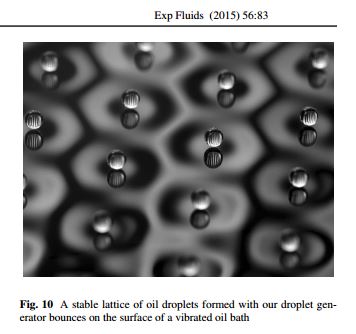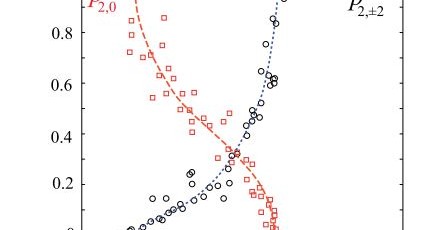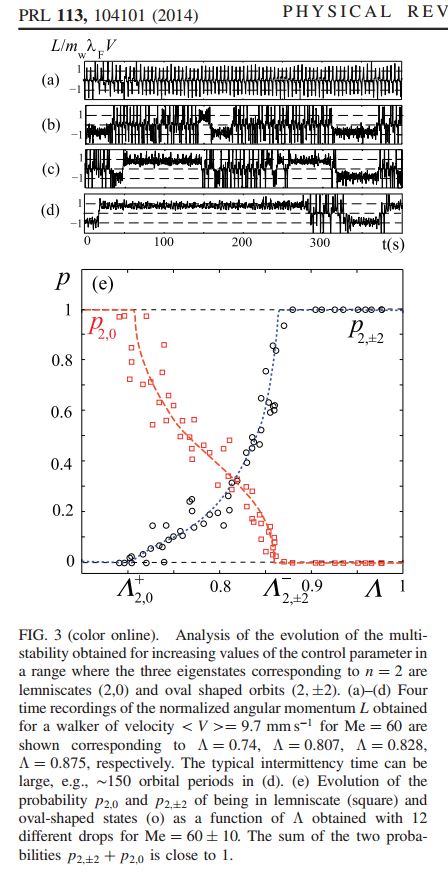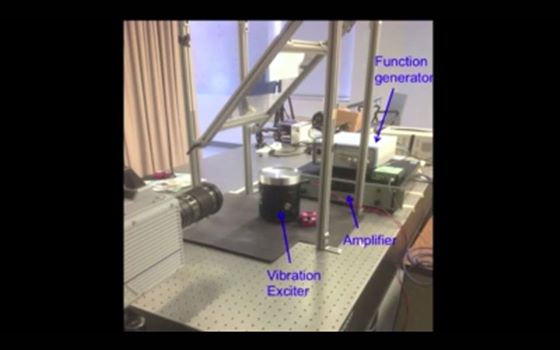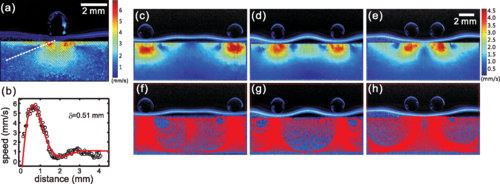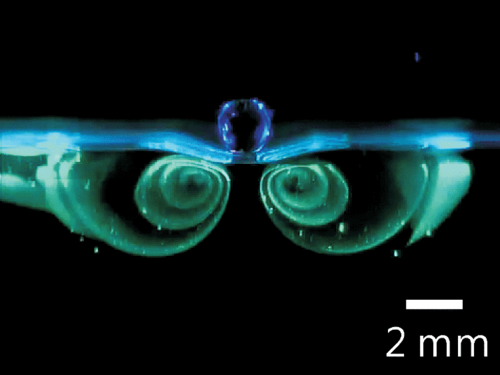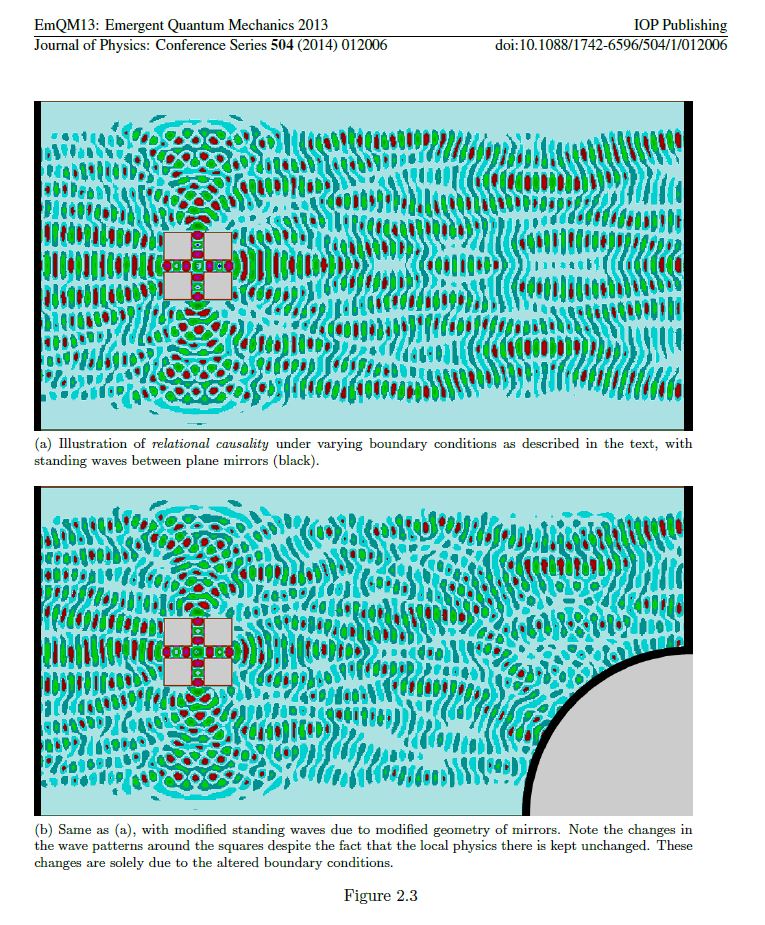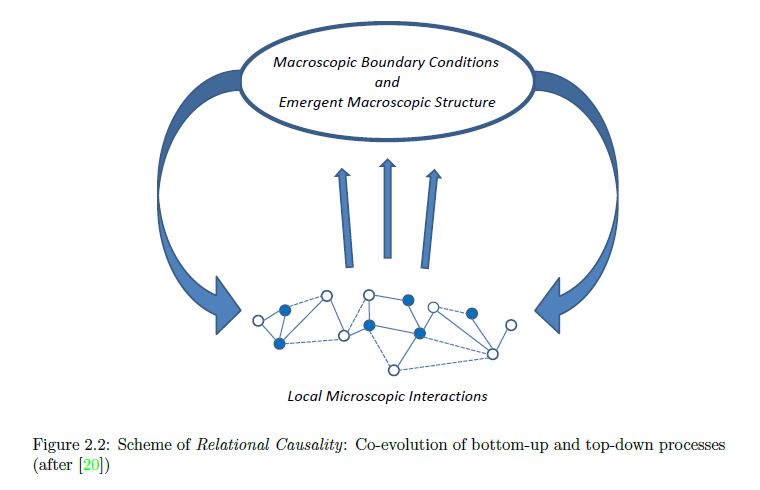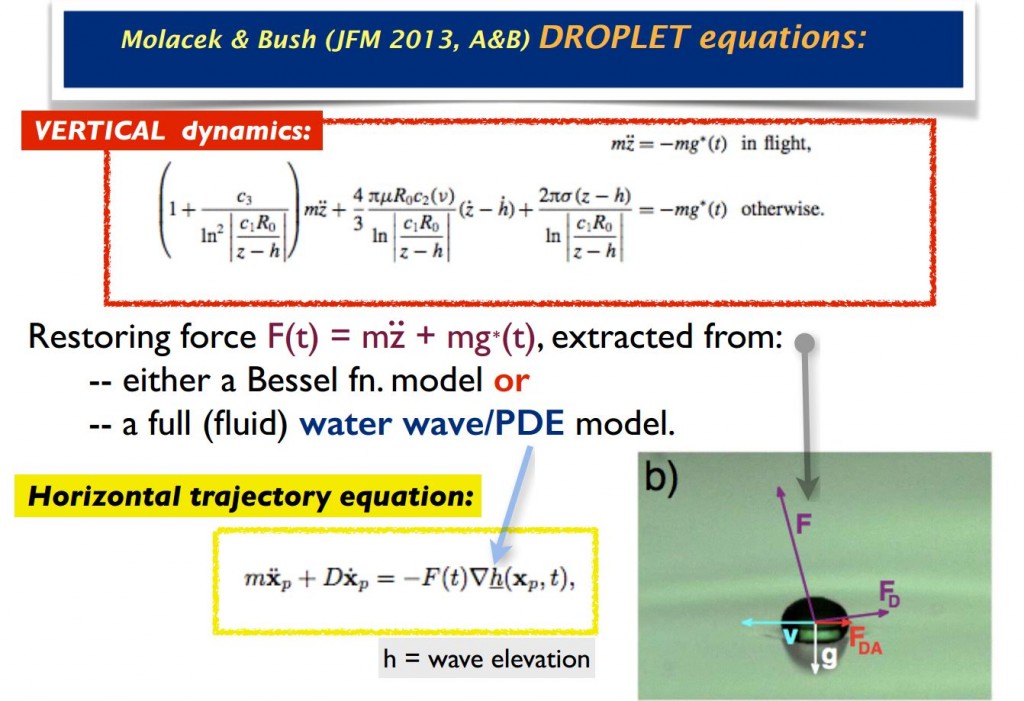Andersen, A., Madsen, J., Reichelt, C., Ahl, S. R., Lautrup, B., Ellegaard, C., … & Bohr, T. (2014). Comment on Y. Couder and E. Fort:” Single-Particle Diffraction and Interference at a Macroscopic Scale”, Phys. Rev. Lett.(2006).arXiv preprint arXiv:1405.0466.
Where a danish team argue that Couder’sDouble Slit Experiment reported in Single-Particle Diffraction and Interference at a Macroscopic Scale is not convincing.
They tried to replicate the experiment but they did not manage.
Plus : a quick report of a numerical experimentation of Schrödinger equation with a “”walker-like” source term
Abstract :
In a paper from 2006, Couder and Fort [1] describe a version of the famous double slit experiment performed with drops bouncing on a vibrated fluid surface, where interference in the particle statistics is found even though it is possible to determine unambiguously which slit the “walking” drop passes. It is one of the first papers in an impressive series, showing that such walking drops closely resemble de Broglie waves and can reproduce typical quantum phenomena like tunneling and quantized states [2–13]. The double slit experiment is, however, a more stringent test of quantum mechanics, because it relies upon superposition and phase coherence. In the present comment we first point out that the experimental data presented in [1] are not convincing, and secondly we argue that it is not possible in general to capture quantum mechanical results in a system, where the trajectory of the particle is well-defined.
http://arxiv.org/pdf/1405.0466.pdf
Keywords : Madelung-Bohm equation


